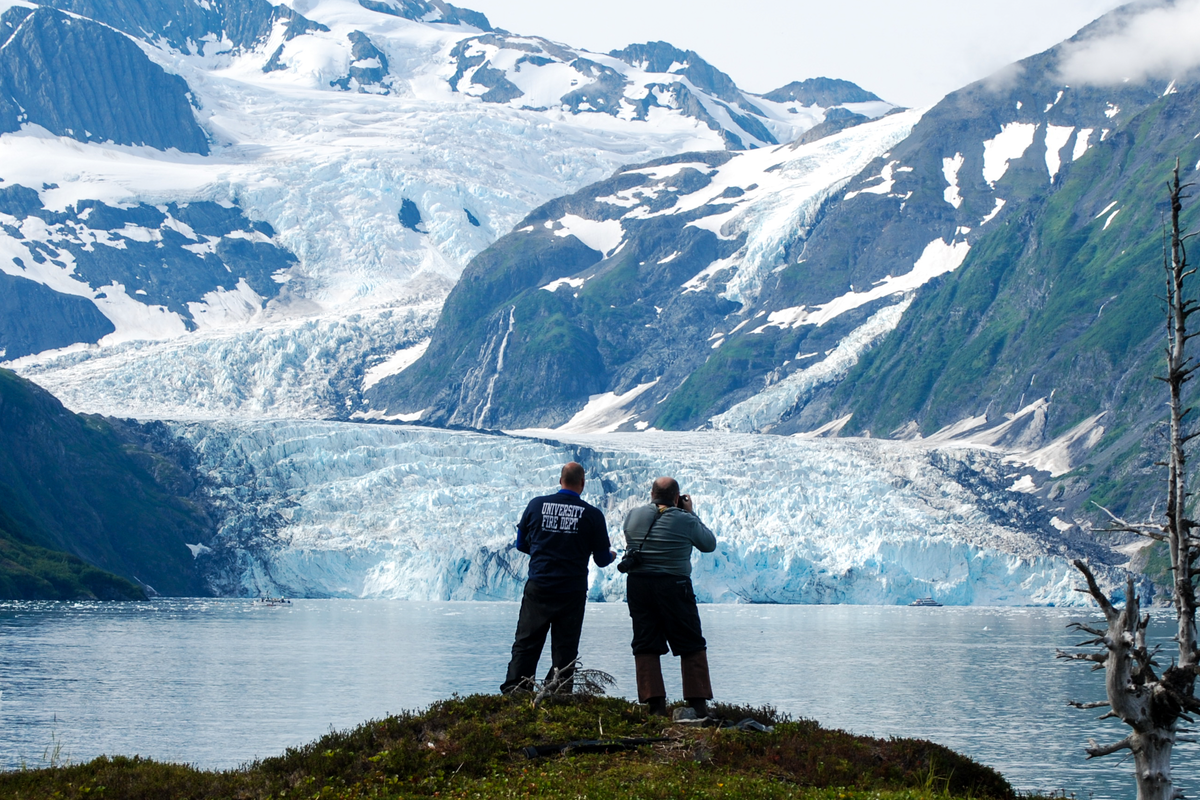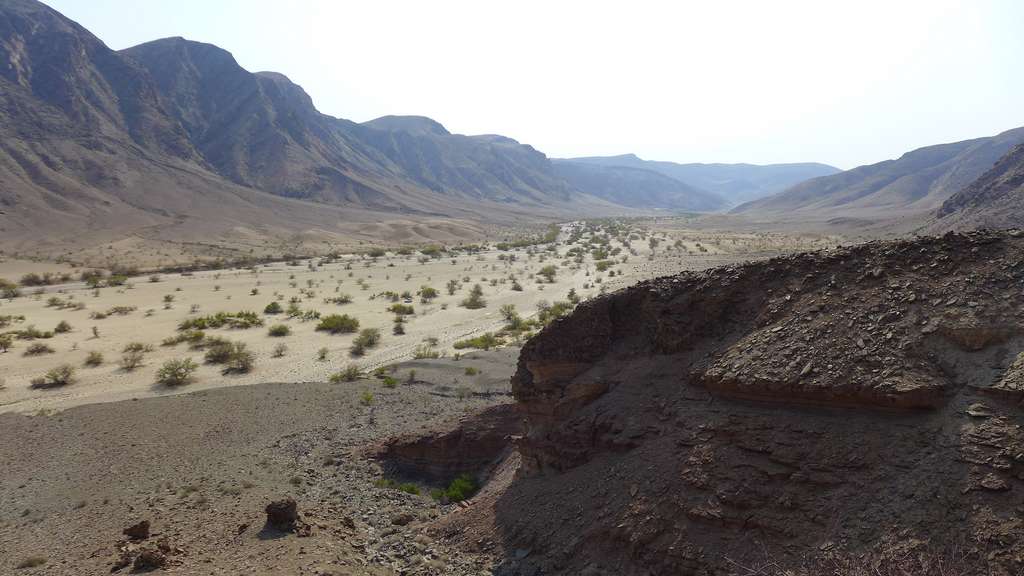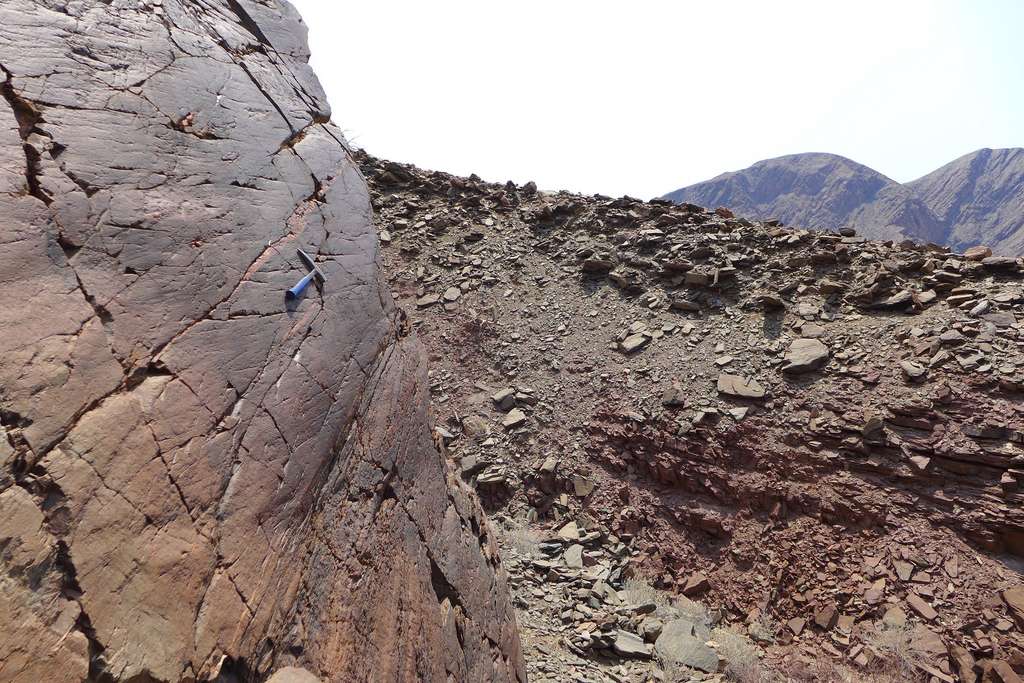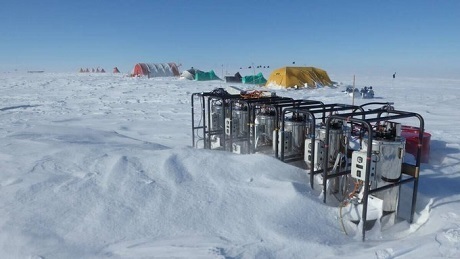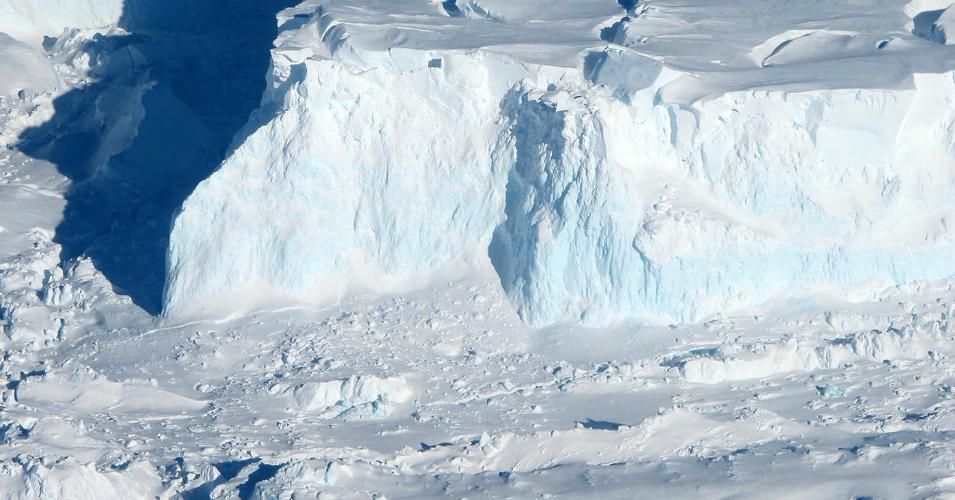#tibet #buddhistnun
https://www.youtube.com/watch?v=cFdXsCKW3Kg
Tashi Delek!
#Aum Mani Padme Hum
Today I will take you to a Shangri-la, a small nunnery down below Nyenchen Kangsar Glacier in central Tibet.
There are only four nuns living in the nunnery, which is 5,200 meters above sea level. I will take you to see the daily life of one of these nuns.
The 52-year-old #nun came here at the age of 25 and start her practice in this small nunnery far from the outside #world.
#Why did she choose to become a nun? Does she feel lonely in such a distant place? How exactly does she spend 24 hours a day?
Come with me to find out the answer and appreciate the stunning view of the great #glacier from this small nunnery.
2 Likes


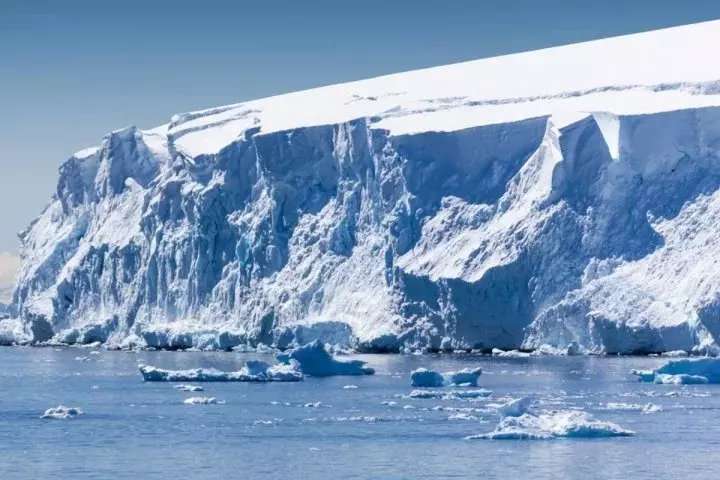


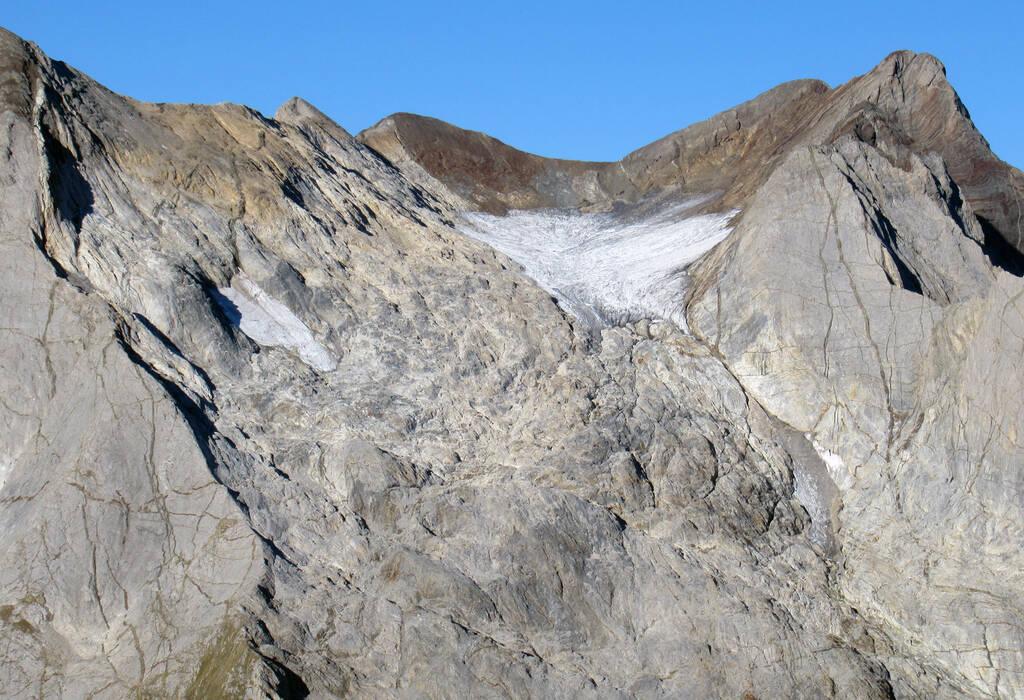


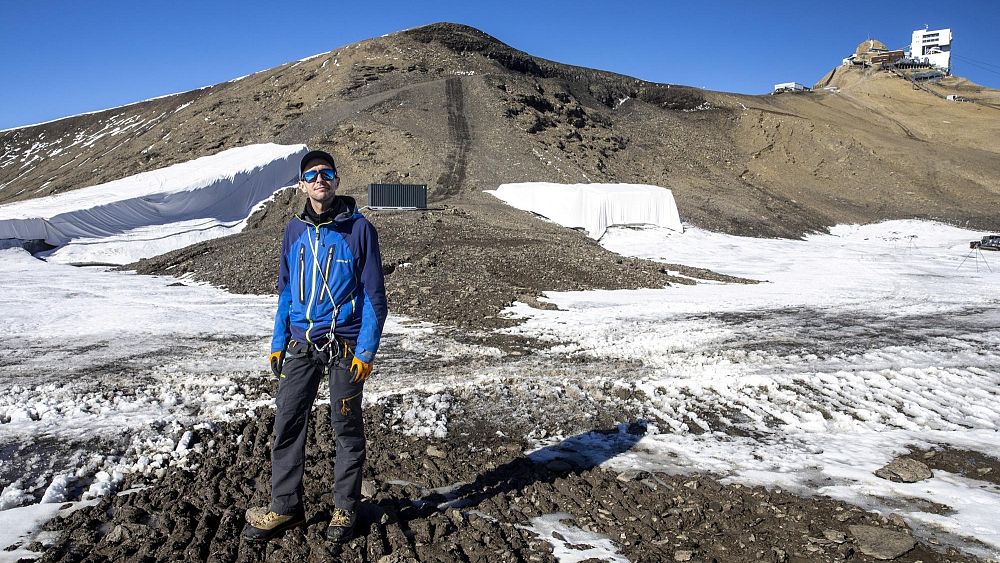

/cloudfront-eu-central-1.images.arcpublishing.com/ipmgroup/4AOFHLZ4AFB4FFKVWREJRPB3YA.jpg)
